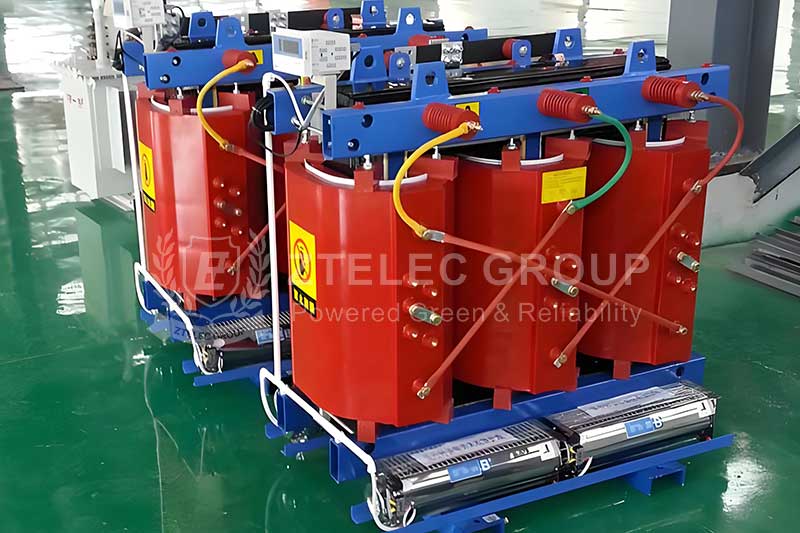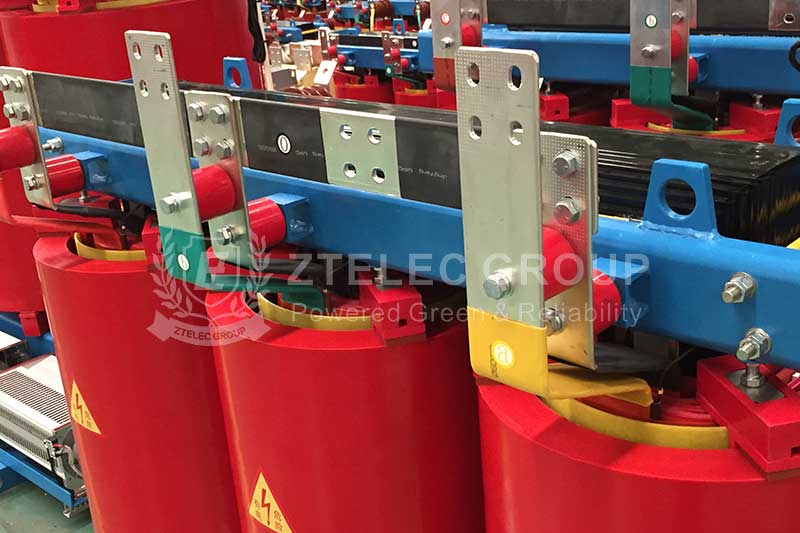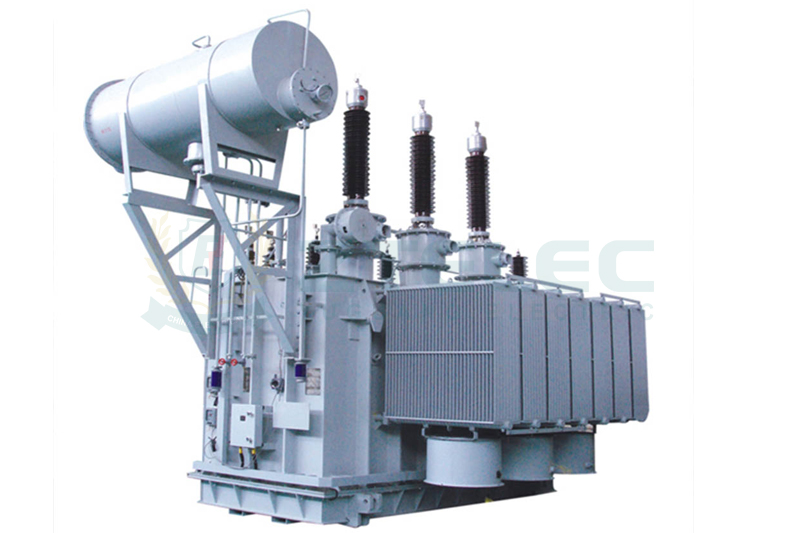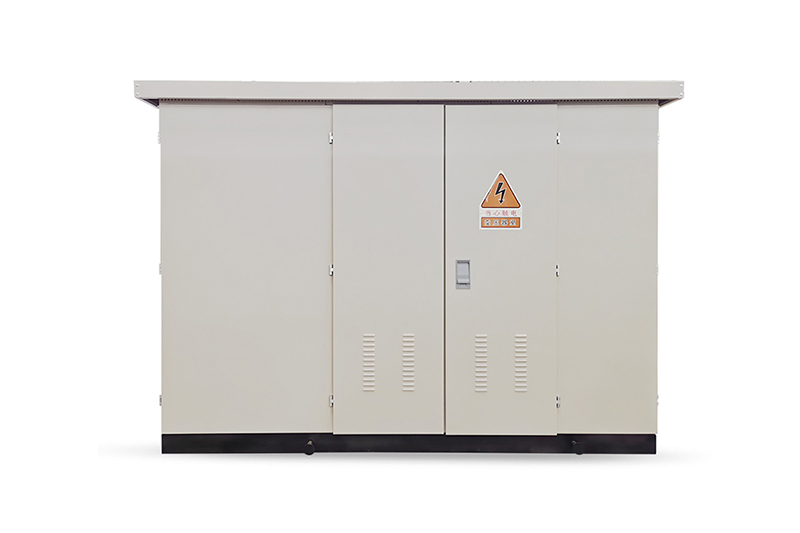How to cool a dry-type transformer?
Time:2025-03-3 Auther:ZTelec-www.ztelectransformer.com
As a key piece of power equipment, dry-type transformers play an indispensable role in many fields such as high-voltage power transmission, power distribution, and industrial power use. Its operation principle is mainly based on electromagnetic induction, through which the rise and fall of voltage is realized. At the same time, dry-type transformers are also known for their unique cooling method.
Dry-type transformers, as the name suggests, do not impregnate their cores and windings in insulating oil, but rely on air convection for heat dissipation. This cooling method avoids oil leakage, fire and other safety hazards that may exist in oil-immersed transformers, so it has higher safety and reliability in practical application. The cooling method of dry-type transformer is mainly divided into natural air cooling and forced air cooling.

Natural air cooling (AN)
Natural air cooling is one of the most commonly used cooling methods for dry-type transformers. In this method, the transformer relies on the principle of natural convection to reduce the temperature by heat exchange between the heat sinks on the surface of the transformer and the surrounding air. This cooling method requires no additional energy consumption and has low maintenance costs.
In the natural air-cooled condition, the transformer can be operated continuously at rated capacity for a long period of time. This is because natural air cooling can effectively dissipate the heat generated by the transformer to the surrounding environment, thus keeping the transformer temperature in the normal range. However, it should be noted that under natural air-cooling conditions, the transformers ability to dissipate heat is affected by factors such as ambient temperature, air flow rate, and the structure of the transformer itself. Therefore, in a hot, confined or poorly ventilated environment, the heat dissipation effect of natural air cooling may be limited.

Forced air cooling (AF)
Forced air cooling is a way to intensify the heat dissipation effect of dry-type transformers by adding fans. In this method, the forced airflow generated by the fan accelerates the heat exchange process on the surface of the transformer, thus improving the heat dissipation efficiency.
With forced air cooling, the output capacity of the transformer can be increased by 50%, which is ideal for intermittent overload or emergency accident overload operation. This is because forced air cooling reduces the temperature of the transformer more effectively, thus allowing the transformer to operate at higher loads. However, it should be noted that overload operation is uneconomic due to the large increase in load losses and impedance voltage. Therefore, although forced air cooling can improve the output capacity of the transformer, long-time continuous overload operation is not recommended.
In addition, operation and maintenance costs of forced air cooling systems are relatively expensive. Fans consume a certain amount of electricity to generate airflow and also require regular maintenance and inspection to ensure their proper operation. If a fan fails or is not properly maintained, it may result in poor cooling or even cause a malfunction.
Selection and application of cooling method
When selecting the cooling method of dry-type transformer, we should comprehensively consider according to the actual use environment and demand. For the occasions of small capacity, stable load and poor heat dissipation requirement, natural air cooling method can be used. This way has the advantages of low cost and simple maintenance. For the occasion of larger capacity, load fluctuation or long time continuous operation , we should consider the use of forced air cooling to improve the cooling efficiency and reliability of transformer operation.
In addition, when selecting the cooling method, it is also necessary to consider the installation location of the transformer and environmental conditions. For example, when installing the transformer in the basement or in the environment with poor ventilation capacity, additional heat dissipation and ventilation devices should be installed to improve the cooling effect. At the same time, when selecting fans, we need to consider its noise, energy consumption and maintenance costs and other factors.




